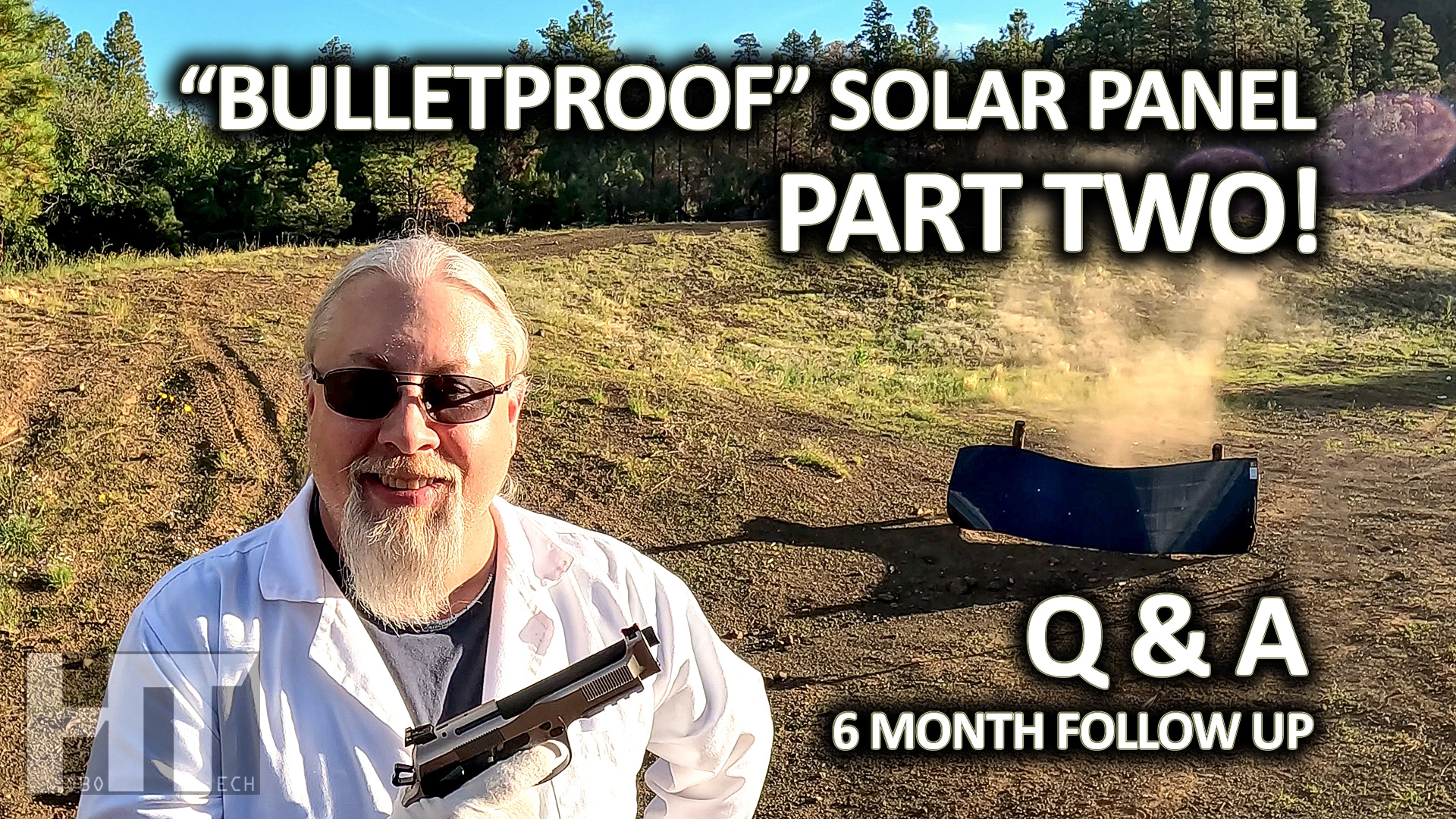
BougeRV Yuma CIGS “Bulletproof” 200w Solar Panel Install | 6 Month Follow Up
The Professor performs a 6 MONTH follow up review covering installation and performance of the shade tolerant, virtually indestructible BougeRV Yuma CIGS with a 12 year warranty!
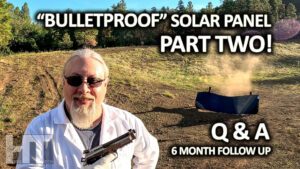
The BougeRV Yuma CIGS panel was such a popular product that it ended up selling out a few weeks after I published my review, and was out of stock through the entire 2023 holiday season up until just recently. BougeRV told me the Yuma CIGS is now back with plenty in stock so it’s appropriate that I finally finish the follow up video I had planned to release several months ago.
In this follow up, I’m going to share with you how I installed the panels on my RV. How they’ve held up in the 6 months I’ve been using them. How much power they output under the worst conditions possible and how they work after being shot full of holes then fully submerged underwater (no joke),
Let’s start with installation. Now the Yuma CIGS comes in two install versions. One has strips of very strong adhesive on the back that’s akin to Eternabond, which is a popular, very sticky, RV roofing product. The other simply has grommets around the edge allowing you to install on a porous surface or other surface where the adhesive won’t work such as on a shingled roof.
I actually have both kinds installed on my RV because in order to fit one of the 200w panels over the badly placed factory solar roof gland (which I really can’t relocate) I needed to use the grommet version so it could bend over top of the gland box and not lose cohesion. The other two panels I have installed are the adhesive type.
As for roof prep, I had the “Chuck Yeager of electric bikes” Kevin from Canada help by thoroughly pressure washing the roof with soap and water first. Now this RV has a textured EDPM rubber roof so it is perfect for using adhesive on but it needs to be perfectly clean.
After the roof was washed and dried, the roof was then cleaned entirely with isopropyl or rubbing alcohol. It took about 5 quarts to do the entire roof. After that completely dried overnight, the solar panels were applied one at a time starting with the front adhesive panels and working our way back. The grommet panel was installed last with typical roofing screws with rubber washers and lap sealant was applied over and under the holes.
In hindsight, I’m second guessing this panel install because at Quartzsite during some high cross winds one of the corners that wasn’t screwed down good enough came loose and started flapping on the roof. I had to use duct tape to secure it which amazingly enough has still held after driving highway speeds for hours and being in rain and snow since. I may decide to remove this 200w panel and replace it with a pair of 100w CIGS so I can get around that gland box without having a big hump in the panel.
I had a few viewers ask if an air gap is needed or if they should be installed on something like Duraplast sheets before mounting. The answer is that CIGS panels are very heat tolerant and won’t be damaged when applied properly. The adhesive panels do have air gaps between the strips that help with cooling. You could certainly install them on corrugated plastic if you desire. The cooler they run the more power they produce just like any other solar panel. However, they don’t suffer from delamination that flex panels due when subjected to high heat. In fact, they can handle temperatures up to 185 degrees F before taking damage. That’s hot enough to cook an egg in 6 minutes. So don’t drive through any life size toaster ovens.
The last question I had about install was how do you remove them if you use the adhesive. The answer I got from BougeRV was to use a strong wire or a plastic spatula to separate the panel from the roof then soak the adhesive in Ethyl alcohol to dissolve it.
So before I left on my 5 week camping trip to Quartzsite, the panels on the RV were repeatedly soaked with rain, withstood winds over 50 mph, and had over a foot of snow sitting on them for a week which then turned into ice. When I left home, the roof was covered with about 2 inches of ice with about 4 inches of snow on top of that. This melted and came off as I drove down the mountain 6000 feet to Quartzsite.
When I arrived at Quartzsite, it was the dead of winter in early January. It was overcast, not all that warm, and I realized after I had already setup camp that I was facing the wrong way. See, there are two panels on the passenger side and one panel on the driver side. I was parked with the south facing the drivers side. I realized with how low the sun was in the sky that both of the passenger side panels were going to be shaded by the air conditioner. I needed every watt I could get, so I picked up camp, turned the RV 180 degrees so the two passenger side panels faced south, and plopped back down. This made a big difference in output. So take note when you install these flat on your RV roof that you may need to park your RV a certain direction if you camp in the winter time when the sun is low on the horizon. This won’t really be an issue late spring to early fall.
I have some output numbers to show you. Unfortunately, I didn’t realize Victron solar controllers only save 30 days of data by default so I was only able to capture the last week I was camping in February.
You can see here on Feb 10th I peaked at 463w out of 600w and that’s with the panels laying flat and one being shaded by the RV air conditioner. While 463w out of 600w doesn’t sound great, it’s phenomenal for 600w that’s laying flat in the dead of winter with one 200w being at least a third shaded. I recall this day because the day before there was a big storm and my batteries ran down pretty low. You can see the starting volts was only 12.04 with the final volts 13.68 so I didn’t get a full recharge this day. I did get virtually 2kWh total from those 600w of Yuma panels. You can see the other days didn’t do as well but these are real world conditions with real weather.
So, you may be wondering what did I do with that Yuma CIGS I shot full of bullet holes, drug across a gravel driveway, then ran over with an ATV? Well, a friend of mine said he very much wanted it for his truck camper. You might be wondering why someone would install a beat up holy panel on a camper?
While the Yuma CIGS when undamaged is IP68 rated, which means it can be fully submerged in water for up to 30 minutes, wouldn’t the holes allow water to intrude and short the panel out? This was a question some of you asked and I had to experiment to answer. I originally filmed this as a YouTube short but I never posted it because the solar panel sold out. So here is footage that you’ve never seen before taken from last fall.
Once my friend heard about this, he wanted it. I ended up giving him the BougeRV power station to go with it and he did some of his own testing at home with some very surprising results.
So there you have it. Two sets of real world results. It doesn’t seem to make much of a difference if you blow holes in it and dunk it in water. The output barely changes. This is probably why BougeRV offers an incredible 12 year warranty on the Yuma CIGS when purchased on their site through my link and using my discount code. Note that my code will give you a larger discount than the default one on the website so be sure to use it. When you do use my link, it will take you directly to the BougeRV store page and those discount codes will be available below.
I believe BougeRV is still offering HOBOTECH customers a free gift bag containing a cap, koozie, and bag with the HOBOTECH logo and an illustration of me and Odin flying away in a BougeRV fridge. After you order be sure you claim your free gift by visiting this page and entering in your order number.
CLICK HERE for BOUGERV YUMA CIGS use code HOBOTECH28 for 200w or HOBOTECH18 for 100w.

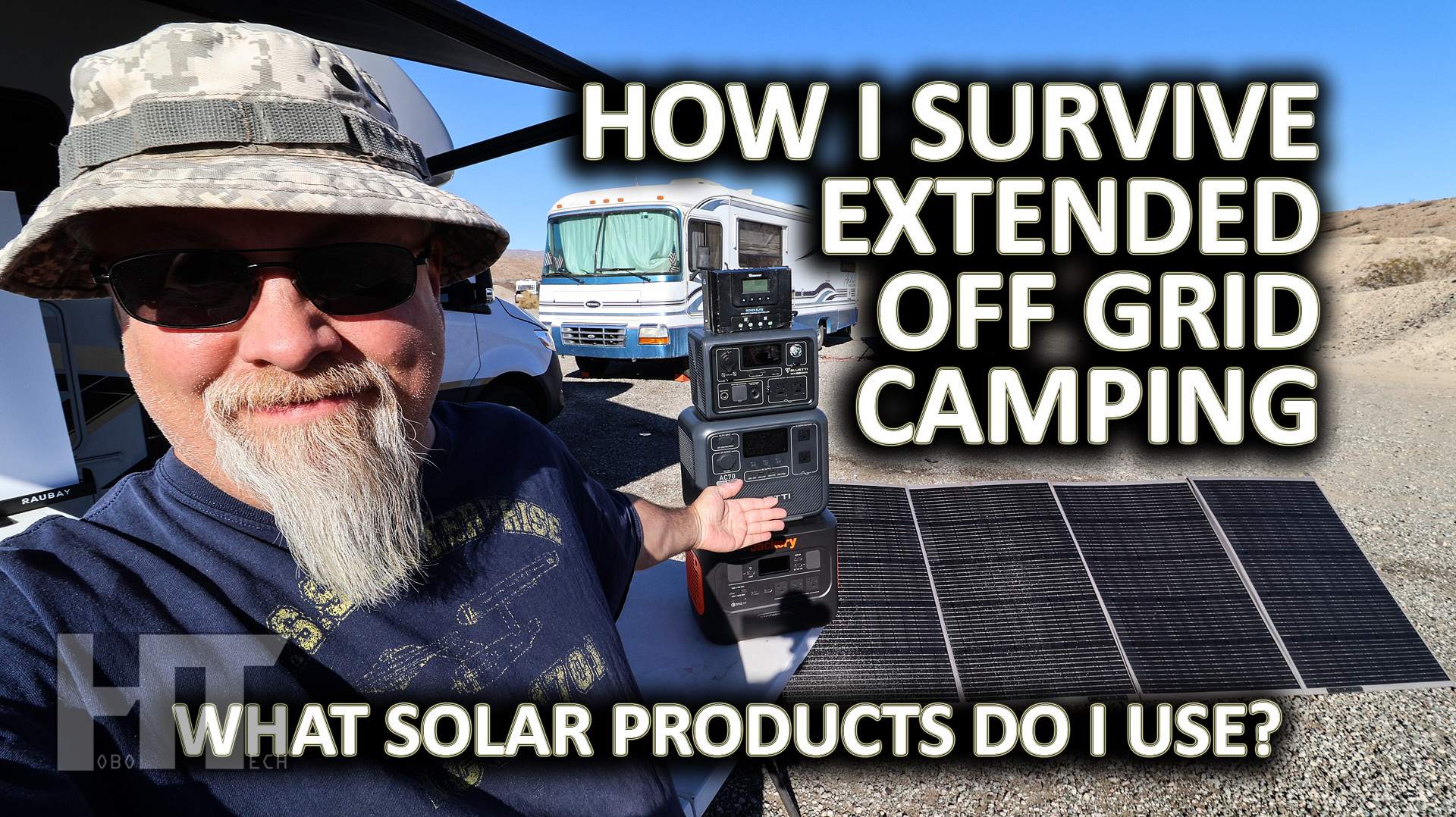
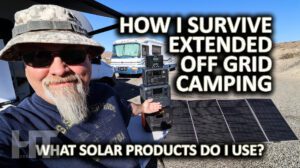
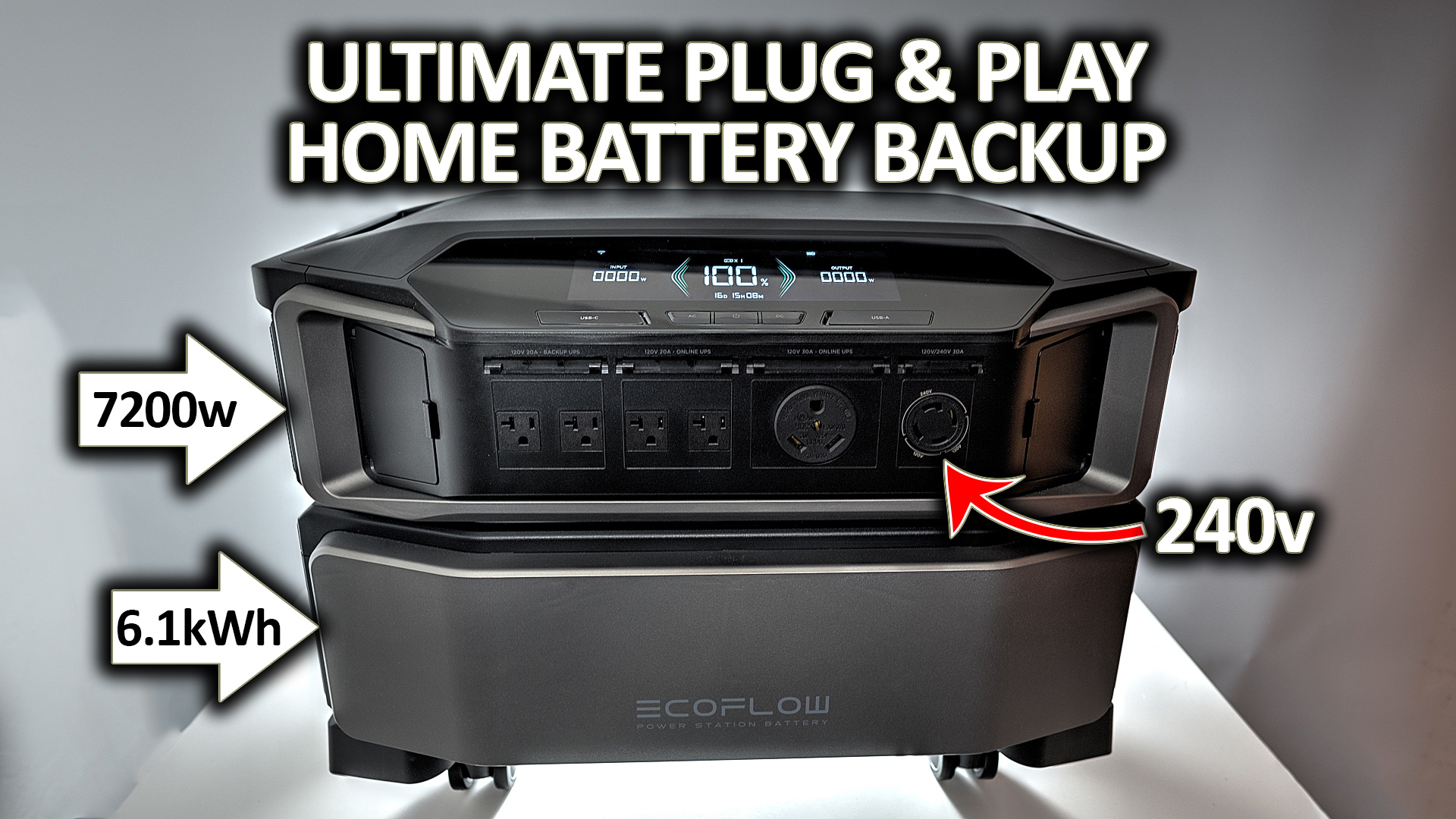
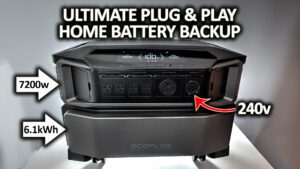
You must be logged in to post a comment.